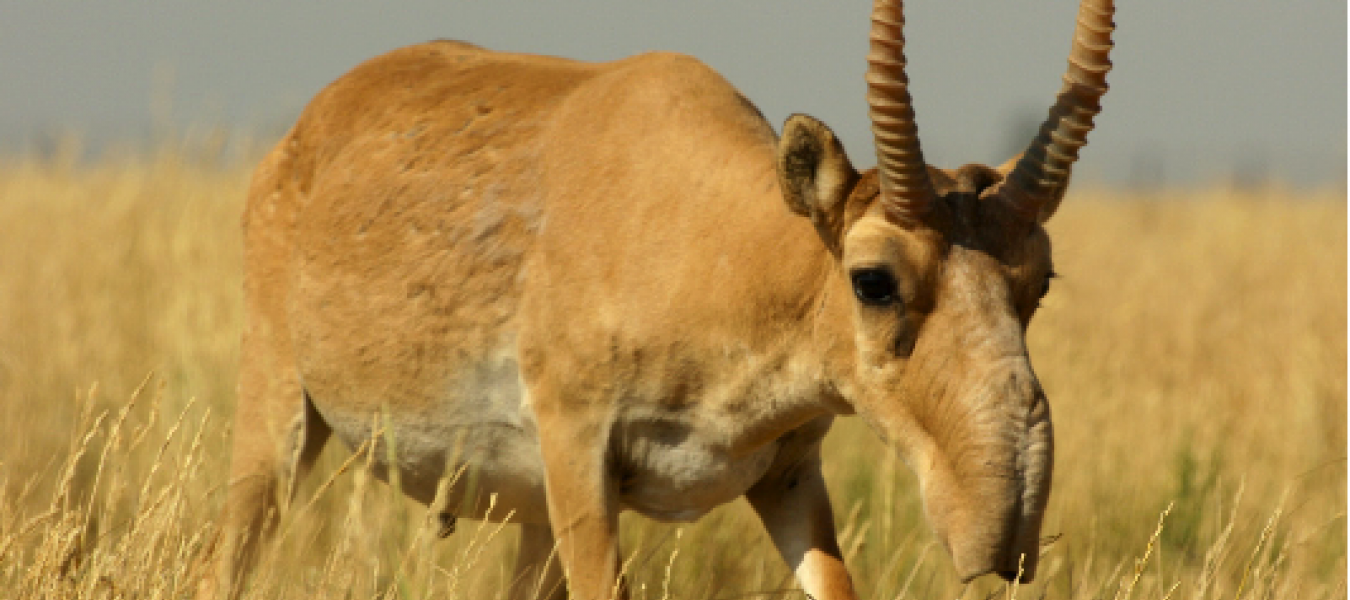The Conservation Ecology of the Saiga Antelope

Since the collapse of the Soviet Union, populations of saiga antelope (Saiga tatarica) have declined by over 90% due to poaching for the species’ meat and horn. Saiga horns are also known as ling yang (羚羊) and used in Traditional Chinese Medicine. The assessment of population status, and consequently the management of this migratory species, is constrained by insufficient understanding of saiga biology and the anthropogenic factors driving its exploitation. This interdisciplinary study addresses this need by investigating both the species’ ecology and the socio-economic factors linked to saiga poaching in Russia, Kazakhstan and Uzbekistan. Fieldwork was undertaken for 14 months in 2003-2006.
This study shows that saiga reproductive ecology and herd behaviour have fundamentally changed since the sharp drop in saiga antelope numbers. Specifically, population productivity, herd and birth aggregation size have declined dramatically. Methods for monitoring population productivity were assessed. Whereas for a stable saiga population age structure could be used as a proxy, monitoring twinning rate provides a viable alternative for estimating population growth today. Saiga were found to have one of the highest levels of in utero maternal investment in ungulates.
A new hypothesis on maternal investment in multi-offspring polygynous ungulates is proposed and tested in saiga and Soay sheep. Local people's livelihoods, as well as their awareness and attitudes towards saiga conservation were investigated in 444 households in five villages using participatory and quantitative research.
Saiga poaching is driven by the need for income and a lack of alternative livelihood options, despite positive attitudes towards the species and its conservation. The spectrum of exploitation ranges from small-scale hunting to more organised commercial hunting to a post-hunting situation in the most heavily depleted population. Saiga poaching is not widespread, but the impact of a few households can be disproportionately large. The study concludes by discussing strategies for the management and monitoring of individual saiga antelope populations.
